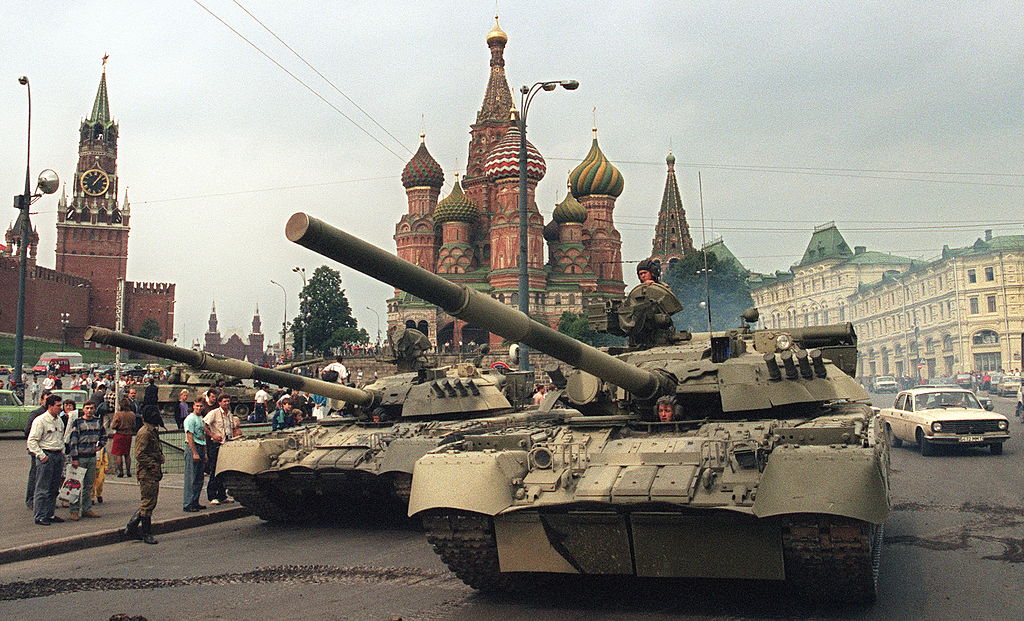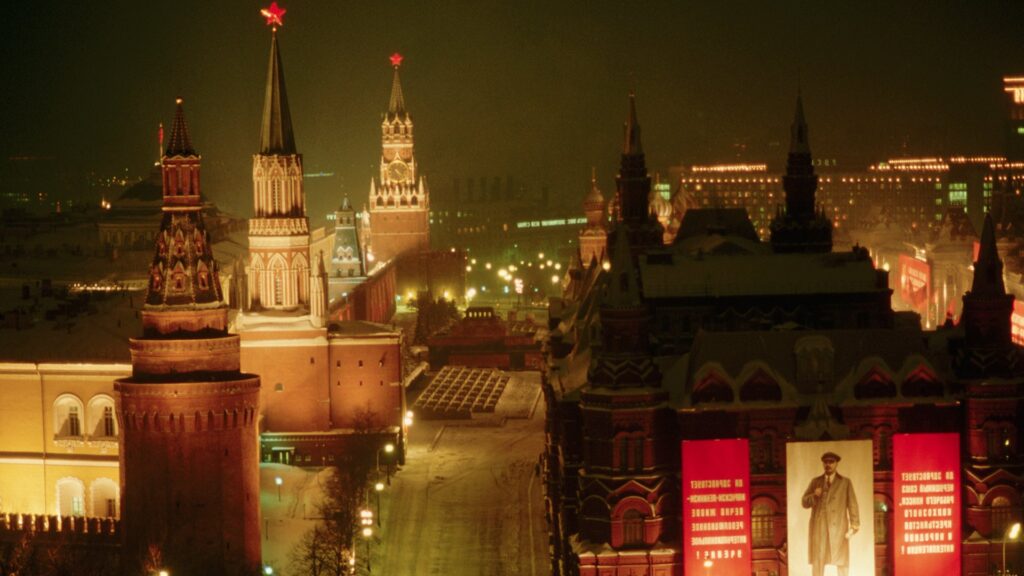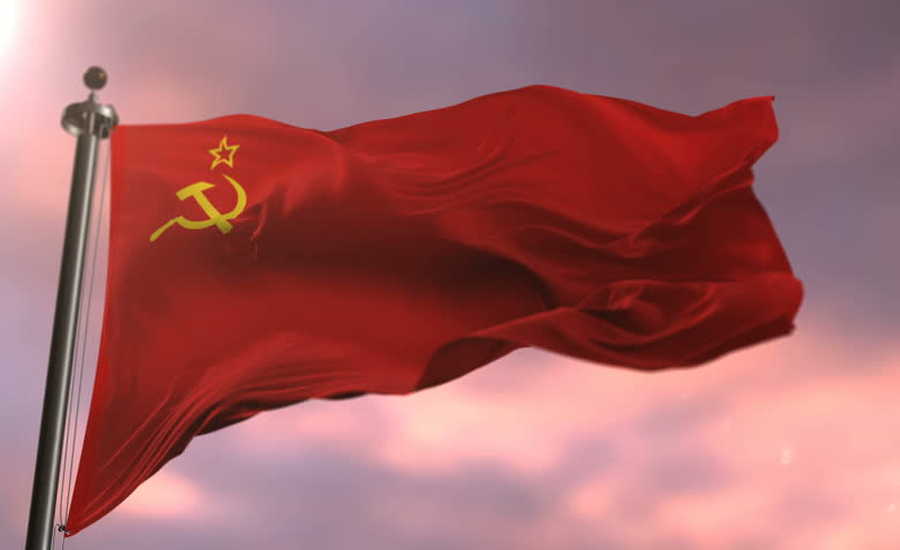The Rise and Fall of the Soviet Union: A Comprehensive Analysis of One of History’s Most Powerful Empires
The Soviet Union (1922-1991) was one of the most significant geopolitical entities in the 20th century, shaping global events and the lives of millions. Born out of the ashes of the Russian Empire after the Russian Revolution, it became a symbol of Communist ideology, pitting itself against the capitalist West, particularly the United States, in what became known as the Cold War. The Soviet Union’s meteoric rise to global superpower status was followed by a sudden and dramatic collapse, leaving a lasting impact on global geopolitics.
This comprehensive analysis will explore the factors behind the rise of the Soviet Union, including its revolutionary beginnings, rapid industrialization, and expansion of influence during and after World War II. It will also dissect the internal and external causes that led to its eventual dissolution, including economic inefficiencies, political repression, and the role of Mikhail Gorbachev’s reforms. The blog will cover the Soviet Union’s profound influence on world history and the far-reaching implications of its collapse.

I. Origins of the Soviet Union (1917-1922)
A. The Russian Revolution of 1917
- Economic and Political Conditions in Pre-Revolutionary Russia
Before the Revolution, Russia was ruled by Tsar Nicholas II, whose autocratic regime was increasingly out of touch with the demands of a rapidly industrializing society. Economic hardship, poor living conditions, and political repression led to widespread dissatisfaction among workers and peasants. The impact of World War I exacerbated these issues, as Russia faced military defeats, food shortages, and immense casualties.
- The February and October Revolutions
The February Revolution in 1917 led to the abdication of Tsar Nicholas II, ending centuries of Romanov rule and establishing a provisional government. However, this government failed to address the people’s demands, and by October 1917, the Bolsheviks, led by Vladimir Lenin, seized power in what became known as the October Revolution. Lenin’s Marxist ideology called for the establishment of a dictatorship of the proletariat, and the new government set about dismantling the capitalist structures of the old regime.
- The Russian Civil War (1917-1922)
Following the Bolshevik takeover, Russia was plunged into a brutal civil war between the Red Army (Bolsheviks) and the White Army (anti-Bolsheviks). The civil war, which lasted until 1922, was marked by immense loss of life, famine, and devastation. The Red Army’s eventual victory paved the way for the formation of the Soviet Union, formally established in December 1922.
B. Formation of the Soviet Union
- Establishment of the USSR
The Union of Soviet Socialist Republics (USSR) was formed in 1922 as a federation of socialist republics, with Russia as the dominant member. Lenin’s vision was to create a state built on Marxist principles, in which the working class would control the means of production. The Soviet Union initially consisted of four republics: the Russian Soviet Federative Socialist Republic (RSFSR), the Transcaucasian Socialist Federative Soviet Republic, the Ukrainian SSR, and the Byelorussian SSR.
- The Role of Lenin and the Bolsheviks
Lenin’s leadership and the Bolshevik Party were crucial in the early years of the Soviet Union. Under Lenin, the state implemented sweeping reforms, including the nationalization of industry, collectivization of agriculture, and the suppression of political opposition. The new government also faced the challenge of rebuilding a country ravaged by war and revolution, laying the groundwork for future growth.
- The NEP (New Economic Policy)
In 1921, faced with widespread famine and economic collapse, Lenin introduced the New Economic Policy (NEP), a temporary retreat from strict socialist policies. The NEP allowed for limited private enterprise and market mechanisms, which helped stabilize the economy and improve living conditions. This period of relative economic liberalization ended with Lenin’s death in 1924.

II. Stalin’s Soviet Union (1924-1953)
A. The Rise of Joseph Stalin
- The Power Struggle After Lenin’s Death
After Lenin’s death in 1924, a power struggle ensued between leading Bolshevik figures, particularly Joseph Stalin and Leon Trotsky. Stalin, who held the position of General Secretary of the Communist Party, used his control over the party apparatus to marginalize Trotsky and consolidate power. By 1928, Stalin had emerged as the undisputed leader of the Soviet Union.
- Stalin’s Dictatorship
Stalin transformed the Soviet Union into a totalitarian state. He ruled with an iron fist, using purges, show trials, and mass executions to eliminate political opponents. The Great Purge (1936-1938) saw the imprisonment and execution of millions, including high-ranking officials, military officers, and intellectuals. Stalin’s regime was characterized by pervasive state surveillance, censorship, and the suppression of dissent.
B. Rapid Industrialization and Collectivization
- The Five-Year Plans
Stalin’s economic policies were aimed at rapidly transforming the Soviet Union from a primarily agrarian society into an industrial superpower. The First Five-Year Plan (1928-1932) focused on heavy industry, with massive investments in steel, coal, and electricity production. The plan achieved remarkable industrial growth, but at a significant human cost.
- Collectivization of Agriculture
To fund industrialization and secure food supplies, Stalin implemented the collectivization of agriculture. Private farms were abolished, and peasants were forced into collective farms (kolkhozes). This policy led to widespread resistance, particularly from wealthier peasants known as “kulaks,” who were branded as enemies of the state. The resulting chaos and poor management contributed to a devastating famine, particularly in Ukraine (the Holodomor), where millions perished.
C. The Great Terror and Political Repression
- The Great Purge
Stalin’s paranoia about internal threats led to the Great Purge, during which millions of Soviet citizens were accused of disloyalty, espionage, or sabotage. The secret police (NKVD) arrested and executed political rivals, military leaders, and ordinary citizens. The purge also decimated the Red Army’s officer corps, leaving the military weakened on the eve of World War II.
- Gulags and Forced Labor
Stalin’s regime relied heavily on forced labor camps, known as gulags, to fuel the economy. Millions of people were sent to these camps, where they endured harsh conditions, overwork, and inadequate food. The gulags played a significant role in the construction of infrastructure projects, including railways, canals, and factories.
D. The Soviet Union in World War II (The Great Patriotic War)
- The Nazi-Soviet Pact and the Invasion of Poland
In 1939, Stalin signed the Molotov-Ribbentrop Pact with Nazi Germany, a non-aggression treaty that included secret protocols dividing Eastern Europe into spheres of influence. This agreement allowed both powers to invade and occupy Poland, marking the beginning of World War II.
- Operation Barbarossa and Soviet Resilience
In June 1941, Nazi Germany launched Operation Barbarossa, the largest invasion in history, against the Soviet Union. Despite early setbacks, including the loss of vast territories and millions of soldiers, the Soviet Union managed to halt the German advance at key battles such as Stalingrad and Moscow. The resilience of the Soviet people and the harsh Russian winter played a significant role in turning the tide of the war.
- The Soviet Role in the Allied Victory
The Soviet Union played a crucial role in the defeat of Nazi Germany, particularly in the Eastern Front, where some of the largest and deadliest battles of the war occurred. The Red Army’s capture of Berlin in 1945 marked the final defeat of Hitler’s regime. The war left the Soviet Union devastated, with millions dead and much of its infrastructure destroyed, but it also solidified its status as a superpower.
E. Post-War Expansion and the Cold War
- The Yalta and Potsdam Conferences
In the aftermath of World War II, Stalin sought to expand Soviet influence in Eastern Europe. At the Yalta and Potsdam Conferences in 1945, Stalin secured agreements from the Western Allies that allowed the Soviet Union to establish pro-communist regimes in countries such as Poland, Hungary, and East Germany. This marked the beginning of the Cold War, a global struggle between the capitalist West, led by the United States, and the communist East, led by the Soviet Union.
- The Iron Curtain and the Creation of the Eastern Bloc
The Soviet Union’s control over Eastern Europe led to the establishment of the Eastern Bloc, a group of socialist states aligned with Moscow. Winston Churchill famously described the division of Europe as an “Iron Curtain” descending across the continent. The Soviet Union used its military, economic, and political influence to maintain control over these satellite states, while suppressing dissent and uprisings, such as the Hungarian Revolution of 1956.
III. The Soviet Union Under Khrushchev and Brezhnev (1953-1982)
A. The Khrushchev Era (1953-1964)
- De-Stalinization and Reforms
After Stalin’s death in 1953, a power struggle ensued, with Nikita Khrushchev eventually emerging as the new leader of the Soviet Union. Khrushchev initiated a process of de-Stalinization, denouncing Stalin’s cult of personality and the excesses of his regime. He also introduced limited reforms aimed at improving living standards and reducing political repression.
- **The Space Race and Soviet Technological Achievements**
Khrushchev sought to showcase the Soviet Union’s technological prowess, particularly through the space race with the United States. In 1957, the Soviet Union launched Sputnik, the world’s first artificial satellite, marking the beginning of the space race. In 1961, Soviet cosmonaut Yuri Gagarin became the first human to orbit the Earth, cementing the Soviet Union’s status as a technological superpower.
- The Cuban Missile Crisis and Cold War Tensions
The Cold War reached its most dangerous point during the Cuban Missile Crisis in 1962, when the Soviet Union secretly placed nuclear missiles in Cuba, just 90 miles from the U.S. coast. The discovery of the missiles led to a tense standoff between Khrushchev and U.S. President John F. Kennedy, with the world on the brink of nuclear war. The crisis was eventually resolved through diplomatic negotiations, with the Soviet Union agreeing to remove the missiles in exchange for a U.S. pledge not to invade Cuba.
B. The Brezhnev Era (1964-1982)
- Stagnation and Stability
After Khrushchev’s ouster in 1964, Leonid Brezhnev took over as the leader of the Soviet Union. Brezhnev’s rule was marked by a period of relative stability, but also stagnation. While the Soviet Union remained a global superpower, its economy began to show signs of strain, with slow growth and inefficiency becoming major problems.
- The Soviet-Afghan War (1979-1989)
In 1979, the Soviet Union invaded Afghanistan to support the pro-Soviet government against insurgent groups known as the Mujahideen. The war became a long and costly conflict for the Soviet Union, draining resources and undermining public support for the government. The U.S. and its allies provided support to the Mujahideen, further complicating the Soviet war effort. The Soviet-Afghan War is often seen as one of the factors that contributed to the eventual collapse of the Soviet Union.
IV. Gorbachev and the Collapse of the Soviet Union (1985-1991)
A. The Rise of Mikhail Gorbachev
- Gorbachev’s Reforms: Glasnost and Perestroika
In 1985, Mikhail Gorbachev became the General Secretary of the Communist Party, ushering in a period of significant reforms aimed at revitalizing the Soviet Union. Gorbachev’s policies of glasnost (openness) and perestroika (restructuring) were designed to promote transparency, reduce corruption, and introduce market-oriented economic reforms. However, these reforms also unleashed forces that Gorbachev could not control.
- The Impact of Glasnost on Political Freedom
Glasnost allowed for greater freedom of speech and the press, leading to a wave of criticism against the government and the Communist Party. Citizens began to openly discuss the failures of the Soviet system, including the atrocities of Stalin’s regime, economic inefficiency, and environmental disasters such as the Chernobyl nuclear accident in 1986. This newfound openness contributed to the weakening of the Communist Party’s authority.
- Perestroika and Economic Decline
Perestroika aimed to introduce limited market reforms into the Soviet economy, but it failed to address the underlying problems of central planning and inefficiency. The Soviet economy continued to decline, with shortages of basic goods, rising inflation, and declining productivity. The inability of perestroika to deliver tangible improvements in living standards further eroded public confidence in the government.
B. The End of the Cold War and the Dissolution of the Soviet Union
- The Fall of the Berlin Wall and the Collapse of Eastern Europe
In 1989, a wave of anti-communist revolutions swept through Eastern Europe, leading to the fall of the Berlin Wall and the collapse of communist regimes across the region. The Soviet Union, weakened by internal problems and Gorbachev’s unwillingness to use military force to suppress dissent, was unable to prevent the dissolution of its Eastern European satellite states.
- The August Coup and the Final Collapse
In August 1991, hardline members of the Communist Party and the military launched a coup against Gorbachev, seeking to reverse his reforms and restore the old order. The coup failed, but it further destabilized the Soviet Union. In December 1991, the leaders of Russia, Ukraine, and Belarus signed the Belavezha Accords, formally dissolving the Soviet Union and establishing the Commonwealth of Independent States (CIS).
Conclusion
The rise and fall of the Soviet Union is one of the most significant events in modern history. From its revolutionary origins to its status as a global superpower, the Soviet Union played a central role in shaping the 20th century. Its collapse marked the end of the Cold War and the beginning of a new era in global geopolitics. While the Soviet Union ultimately failed due to a combination of economic inefficiencies, political repression, and the inability to adapt to changing circumstances, its legacy continues to influence the world today.
References:
- Gaddis, John Lewis. The Cold War: A New History. Penguin Press, 2005.
- Kotkin, Stephen. Stalin: Waiting for Hitler, 1929-1941. Penguin Press, 2017.
- Suny, Ronald Grigor. The Soviet Experiment: Russia, the USSR, and the Successor States. Oxford University Press, 2011.
- Fitzpatrick, Sheila. The Russian Revolution. Oxford University Press, 2008.
- Zubok, Vladislav. Collapse: The Fall of the Soviet Union. Yale University Press, 2021.






